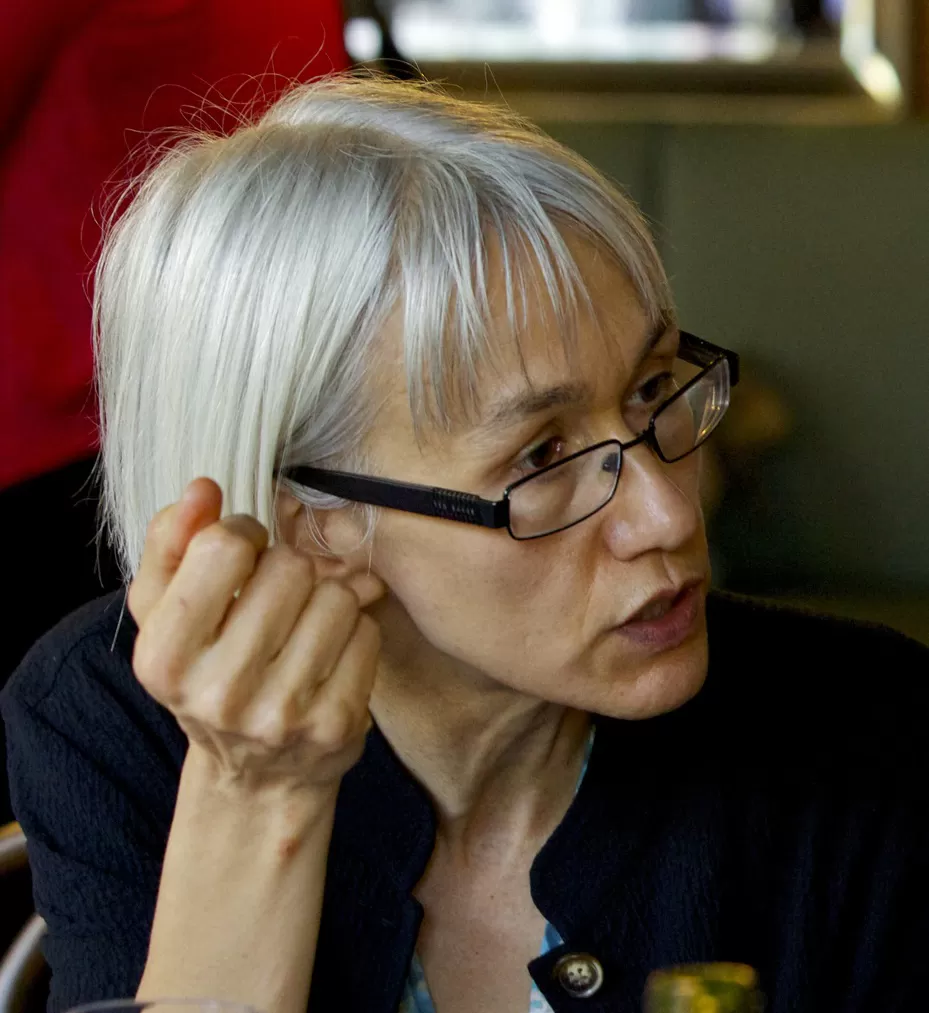Trained in planning and architecture, Ann Forsyth is a professor of urban planning at the Harvard Graduate School of Design. From 2007-2012 she was a professor of city and regional planning at Cornell. She taught previously at at the University of Minnesota, directing the Metropolitan Design Center (2002-2007), Harvard (1999-2002), and the University of Massachusetts (1993-1999) where she was co-director of a small community design center, the Urban Places Project. She has held short-term positions at Columbia, Macquarie, and Sydney Universities. Ann Forsyth’s work focuses on the social aspects of physical planning and urban development. The big question behind her research and practice is how to make cities more sustainable and healthy. Forsyth’s contributions have been to analyze the success of planned alternatives to sprawl, particularly exploring the tensions between social and ecological values in urban design. Several issues prove to be the most difficult to deal with in planning better places and provide a focus for some of her more detailed investigations: suburban design more generally (sense of place, overall layout) and other aspects of healthy places (walkability, social diversity, housing, green space, food). Forsyth received her B.Sc. in Architecture from the University of Sydney, an M.A. in Urban Planning from UCLA, and a Ph.D. in City and Regional Planning from Cornell.
Finding Planners with Shared Interests: The Post-Graduation Experience
In recent months many planning students have graduated and are moving on to the next phase of life—jobs, internships, fellowships, and such. For many this will involve a move to a new place. Even those staying in the same metropolitan area will seldom make it back to their planning program, and besides their fellow students will have scattered. Graduate school provides a peer group of those with similar interests and training. How do recent graduates create such a network when they are no longer in residence at a university?
Skills in Planning: Writing Content-Free Planning Documents
<p class="MsoNormal"> For many students graduate school is the time to learn how to write professional reports and memos. One of the skills many planning students seem eager to master is writing the content-free document. This kind of writing is a little tricky to do. Accordingly, in this last blog in my series on planning skills I provide tips on how to create sentences, paragraphs, and whole reports and PowerPoint presentations that convey the absolute minimum of important information. </p> <p class="MsoNormal"> <em>Titles </em> </p> <p class="MsoNormal"> Titles should never reveal the actual content of the report. This is the guideline I find easiest to follow myself. </p>
Tips on Gainful Unemployment for New Planners
In the United States the stimulus package will eventually kick in to create jobs for planners—in housing, transportation, design and such. However, in upcoming months students graduating from planning schools face a situation they typically had not planned on—where unemployment is relatively high and employers are hesitant about taking on new people. As I have been pointing out to my students, this is not the first time in the history of the world that such a situation has occurred. The following tips draw on my own observations of successful strategies for weathering such downturns.
Deciding if You Want to be a Planner
<p> Not sure if you want to be a planner? Recently my colleagues and I have received a spate of emails from prospective students around the world wanting to know whether planning is a field they should pursue. Their extensive lists of questions show that this is a pressing issue for them. This entry answers some of the more common questions and aims to help prospective students come to programs with a shorter and more focused set of topics to explore. </p>
Finding a First Job in Planning
Finding a first full-time “real” job in planning seems a daunting task at present. However, cities are growing, infrastructure is being funded, and there will be jobs for planners. The following tips can help one navigate the market. <p class="MsoNormal"> <em>Be prepared to go to Kansas</em>. By this I mean that there are certain places much loved by young planners—New York, Boston, San Francisco—and these are not the best places to start looking for early planning jobs. Sure they have them. For low pay. Where you’ll find yourself at the very bottom of the totem pole with years of photocopying ahead of you before you make it to the zoning counter.

























